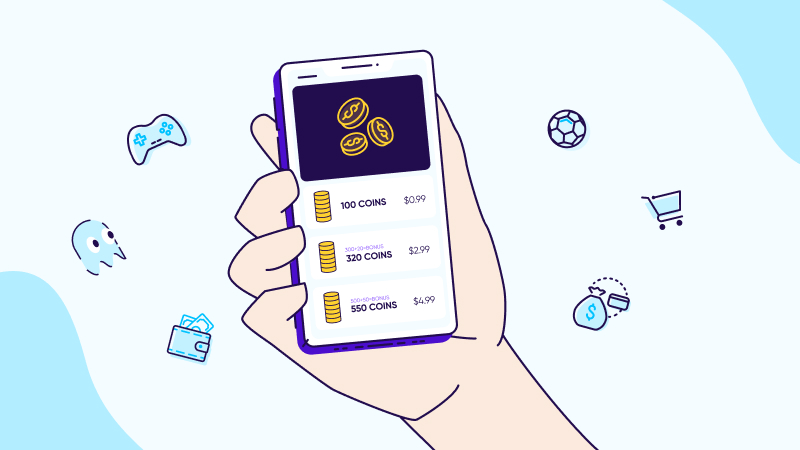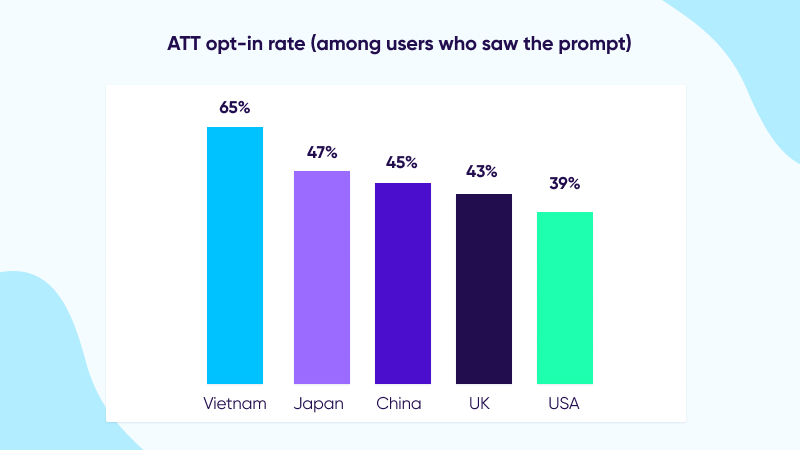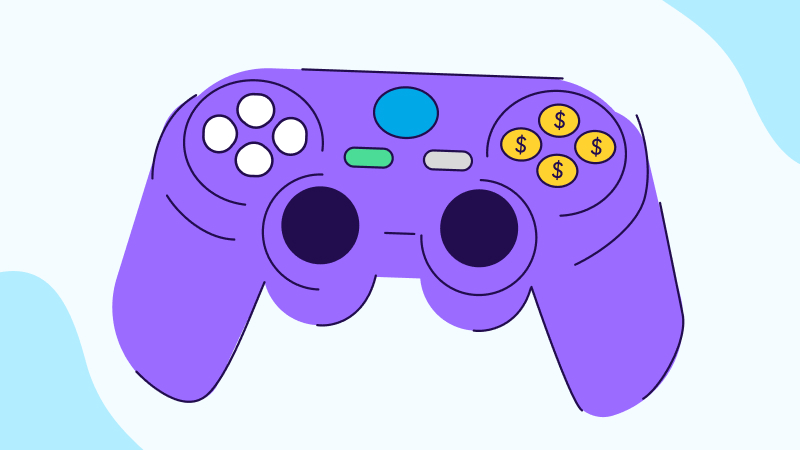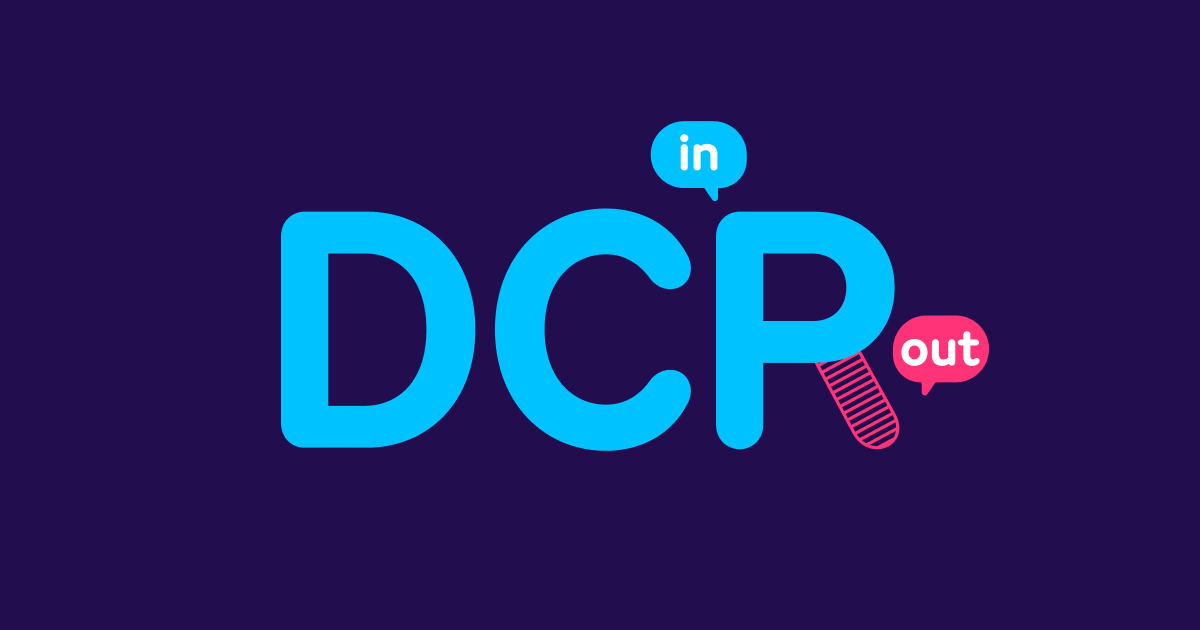
In-game purchase

An in-game purchase is any fee paid by a user within a mobile gaming app beyond the initial download or purchase.
What is an in-game purchase?
Also called a microtransaction, an in-app purchase is one of the three main monetization models for mobile gaming alongside paid apps and in-game ads. In-game purchases are any paid transaction taking place within the app once it is downloaded.
There are several advantages to this monetization model. If you aren’t an established mobile game publisher with a large fanbase, you may have difficulty convincing users to pay upfront for a game they haven’t played. Offering a game for free is a good way to gain new users while still monetizing the game with in-app purchases once users are engaged.
In-game purchases can also work as part of a successful hybrid monetization model, e.g. offering both consumable products and in-game ads. Even in games with other revenue models, in-game purchases provide a recurring revenue stream with long-term opportunities for engagement and innovation.
Types of in-game purchases
As the mobile gaming industry has matured, types of in-game purchases for mobile gaming have changed and continue to evolve with consumer preferences and industry updates:
1 – Consumables
There are virtual products that can be purchased and then used only once. Examples of this in Gaming include extra lives, hints, one-time features, or in-app currency like tokens.
2 – Non-consumables
These are products that, once purchased within the game, have no expiration date and can be used on a recurring basis. Examples of non-consumables are unlocking a new level within a game or upgrades for a character or vehicle.
3 – Auto-renewal subscriptions
These are a form of in-game purchase that charges users on a recurring basis, usually monthly, for use of the app or premium features on the app.
4 – Non auto-renewal subscriptions
These are paid subscriptions for a fixed amount of time, such as a year, and require users to manually renew their subscription. A popular example of this in mobile gaming is battle pass seasons.
In-game purchase: Apple vs Android
In 2021, Apple rolled out a new App Tracking Transparency (ATT) policy, requiring apps to ask for explicit consent to access user-level data on iOS14+ devices.

The policy change had a major change on in-game purchases on iOS: The State of Gaming App Marketing 2022 report found a 35% drop in iOS gaming in-app purchase revenue in the second half of 2021 since iOS 14.5 gained traction.
By contrast, Android numbers remained consistent and saw a 10% increase at the end of 2021. ATT opt-in rates also vary widely by region. This variable, as well as the popularity of game types in different regions, account for Apple outperforming Android in some areas, while Android outperforms in others.
For example, in 2021:
- Android games were on a hot streak in Mexico in 2021, with an average 52% in-game purchase revenue growth in all gaming sub-categories, compared to negative growth in Brazil.
- In APAC, hardcore games continue to win with in-game purchase revenue with a 2.3x increase on Android in Japan and a 1.7x increase on iOS in Australia.
- Social Casino on iOS leads the scoreboard for highest share of paying users in the US at 5.47%, with Hardcore following closely behind at 4.39%.
- Social Casino performs well in EMEA region with a 10% share of paying users on iOS in the United Kingdom and a 4.9% share on Android in Germany.
- Hardcore games enjoyed a Q4 surge in in-game revenue on iOS across Western Europe.
How to increase in-game purchases?

Demand for gaming apps reached an all-time high in 2021, with consumer spend leaping by 16% in 2021 to reach $116 billion worldwide. This statistic is astounding considering that 97% of apps on the Google Play store and 94% of iOS apps on the App Store are free to download.
While consumer preferences are moving away from paid apps and ATT places limits on in-game advertising, in-game purchases offer strong potential for recurring revenue.
At the same time, tighter privacy regulations will continue to impact in-game purchases and revenue, which means mobile game developers need to adjust their approach to in-game revenue moving forward.
Here are 5 tactics to fuel your in-game purchasing rate:
1 – Reset your KPIs
According to The State of Gaming App Marketing report, 84% of gaming apps use revenue configurations as a primary KPI compared with 85% of non-gaming apps, who use in-app engagement to measure success.
Since the ATT enables limited measurement results such as in-app engagement, app developers need to consider alternate KPIs. Take into account metrics such as revenue, overall cost per install and reinstall, and 24-hour conversion rate.
2 – Diversify your purchase options
Use market research to determine which features drive the most value for your users and which they might be willing to pay for. Do your users value moving to another level or getting character upgrades? Use research to inform your offerings and offer more than one type of in-game purchase to appeal to different user types.
Once you have metrics back on what is working, adjust your strategy accordingly.
3 – Consider subscription-based models
In-game revenue is decreasing in iOS due to the ATT implementation and a decrease in daily active users. Because of that, studios are spending the same or more budget to gain fewer players, which is where subscription models like Apple Arcade could come in handy.
4 – Time your offers with care
Games have a lower time to first purchase than most apps, particularly among casual and mid-core games. This is why the timing of when an in-app purchase offer appears is crucial to successful conversion.
Most of the time, asking users to make a purchase immediately after purchasing is not best practice — given your app’s added value is not yet clear to them. By contrast, waiting too long could also prove to be counterproductive, as by then your users might have already lost engagement.
5 – Explore new markets
Gaming exploded in APAC markets in 2021, offering new markets for user acquisition and revenue growth. Pakistan, Peru, and the Philippines grew gaming installations by 58%, 56%, and 52% respectively, while Bangladesh saw a massive 87% Android app install growth.
Hardcore games in APAC continue to see sky-high engagement, with Japan doubling its Android in-game purchase revenue in 2021, while Australia saw a 70% rise in iOS.
Key takeaways
- While privacy rules and customer preferences are changing mobile game purchase revenue models, savvy game developers can increase revenue in the new landscape.
- Measure and modify your in-game purchase offerings often and use customer data to see how you can drive value for players through purchase offerings, which will in turn drive engagement.
- Explore what is working in the marketplace, and don’t be afraid to try a new model or market to help your game thrive.



